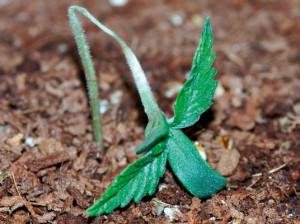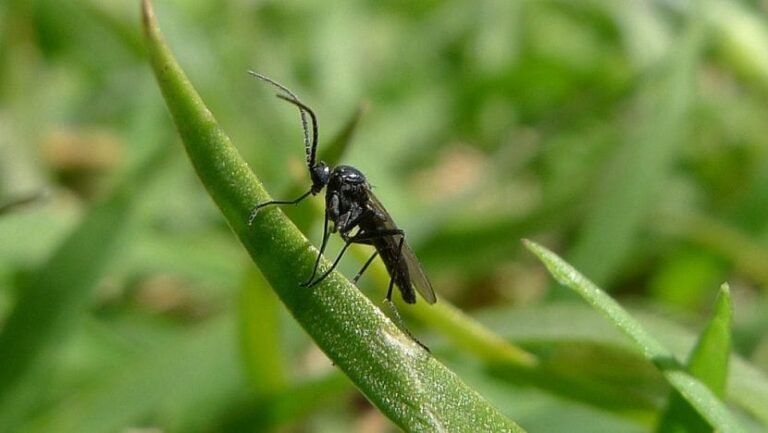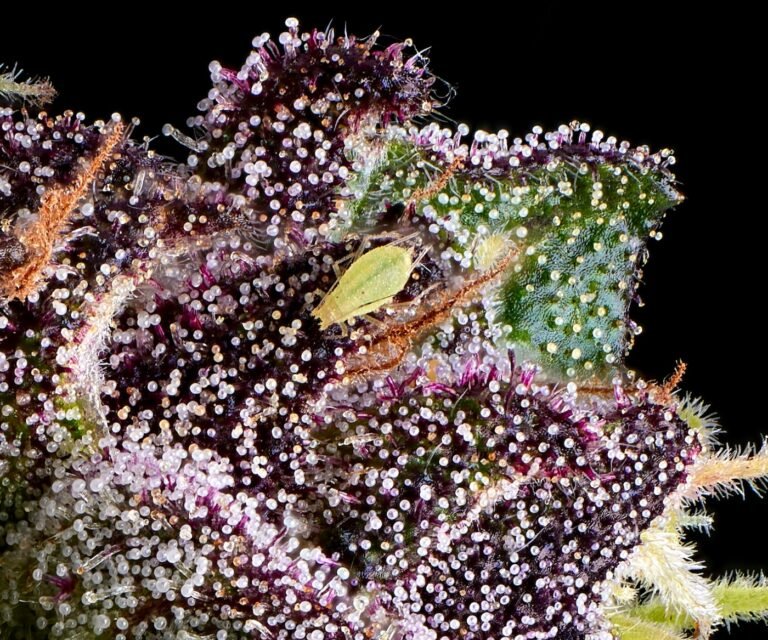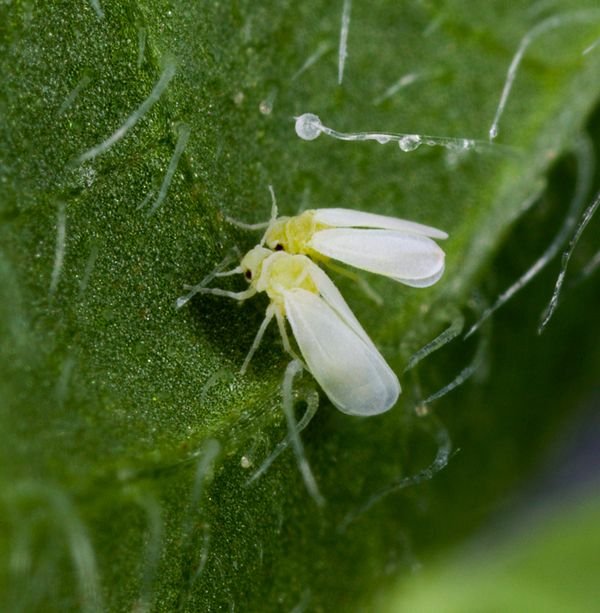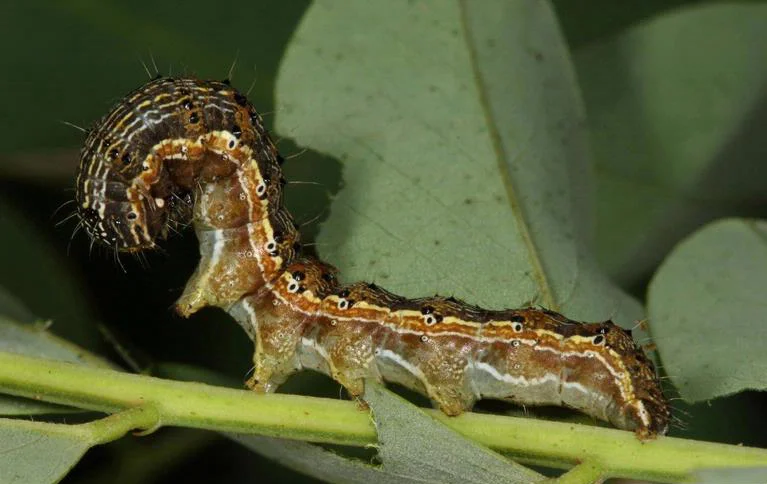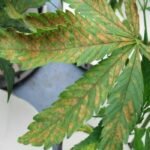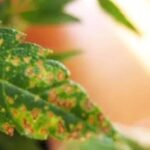Pythium attacks young tissues such as the root tip and newly germinated seedlings. After entering the root, the fungus can cause brown to black rot of the entire primary root and may even progress into the stem tissue.
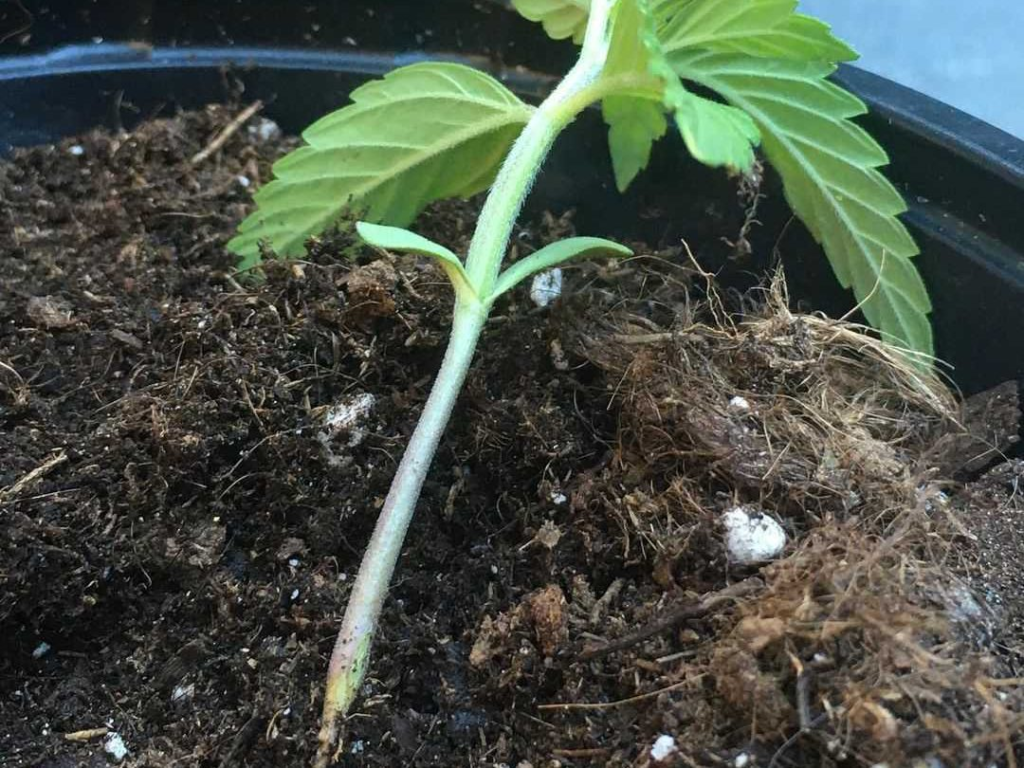
How does Pythium acts?
- Pre-emergence attack: This occurs during the germination process, before the seed has germinated. During this process, the fungus takes advantage of the seed’s hydration to penetrate and infect it. It makes impossible the germination of all used seeds.
- Post-emergence attack: This attack occurs on the plant stem, where a narrowing can be observed at the neck in contact with the growing medium. The mycelium proliferates in these cells, feeding on their contents and destroying the tissues.

The propagation method is through the formation of Sporangia (sac-like structures). The hundreds of sacs release Zoospores that reach the root directly, where they encyst, germinate, and colonize the root tissue by producing fine, thread-like structures (Hyphae) collectively called Mycelium.
When crop temperatures rise and the days become warm, this fungus usually becomes active. The upper leaves wilt during the day, and if this is detected quickly, they may recover at night, but over time the plant dies.
How to prevent and eliminate Pythium?
Treatment for Pythium can include fungicides, ozone, biocontrol agents, and improved drainage and water management.
Water irrigation and Nutrient solution
Nutrient storage and reservoirs must be disinfected periodically to prevent the growth of Pythium. Inert growing media such as rockwool, coconut fiber, or expanded clay are used to root clones or germinate in hydroponic crops, allowing the nutrient solution to pass through the growing medium. This solution can contain anything from Pythium to other pathogens that also affect plant species. Disinfection of the nutrient solution can be done using biological, physical, or chemical methods.
Transplants and Seedlings
It’s best to avoid stress from high temperatures during the mornings when transplanting. Always choose healthy plants for transplanting, avoiding those that show signs of weakness. Make sure not to injure the roots during transplanting. Keep in mind that the plant needs good air circulation, adequate distance between plants, oxygenation in the nutrient solution, maximum hygiene avoiding nighttime watering, and not allowing the plants to dehydrate. This are all appropriate measures for controlling and preventing this pathogen.
Crop Climatology
It’s important that root temperature and humidity of the growing medium are not too high. The growing medium must drain well. There should be no stagnant water accumulations, as this fungus can easily spread under these conditions.



